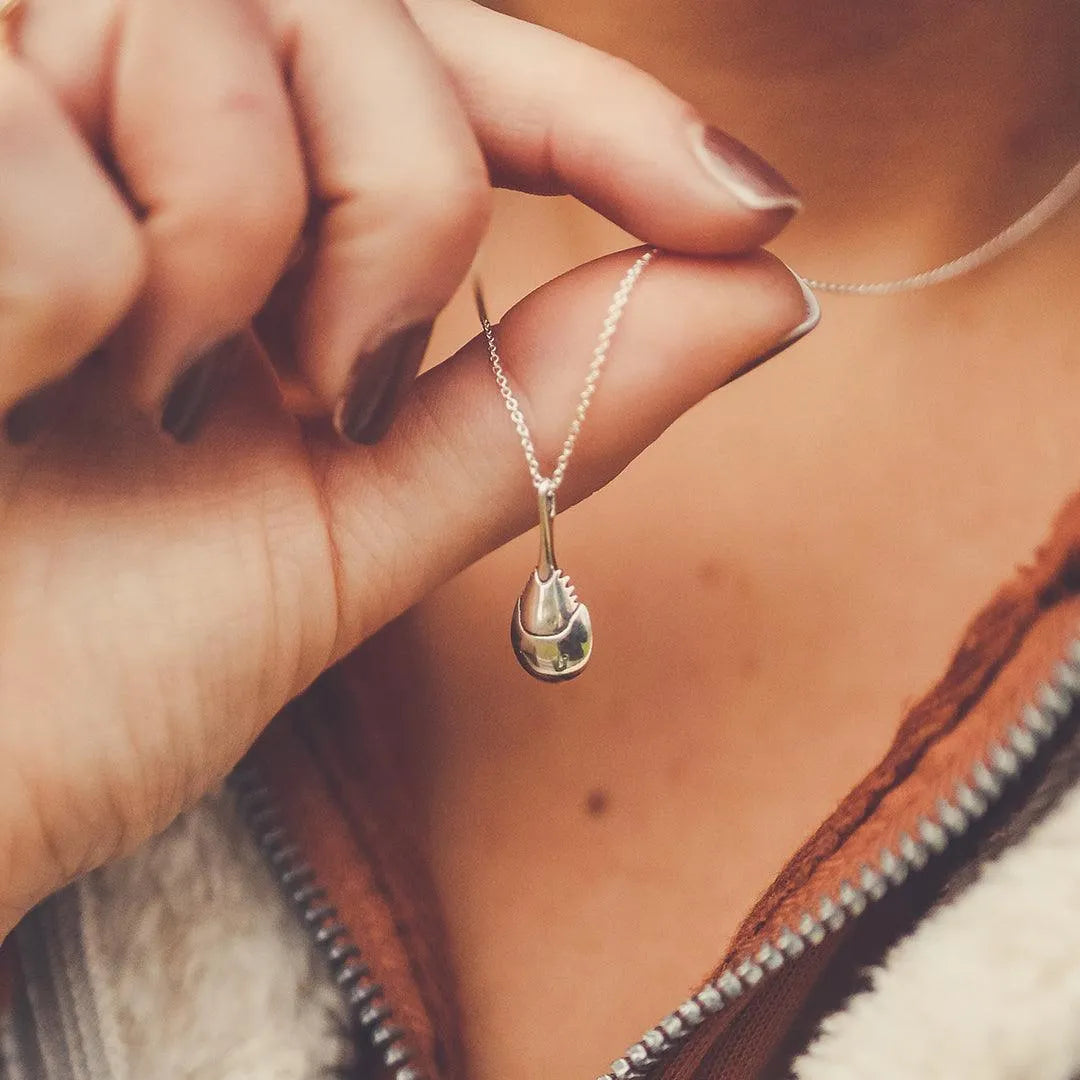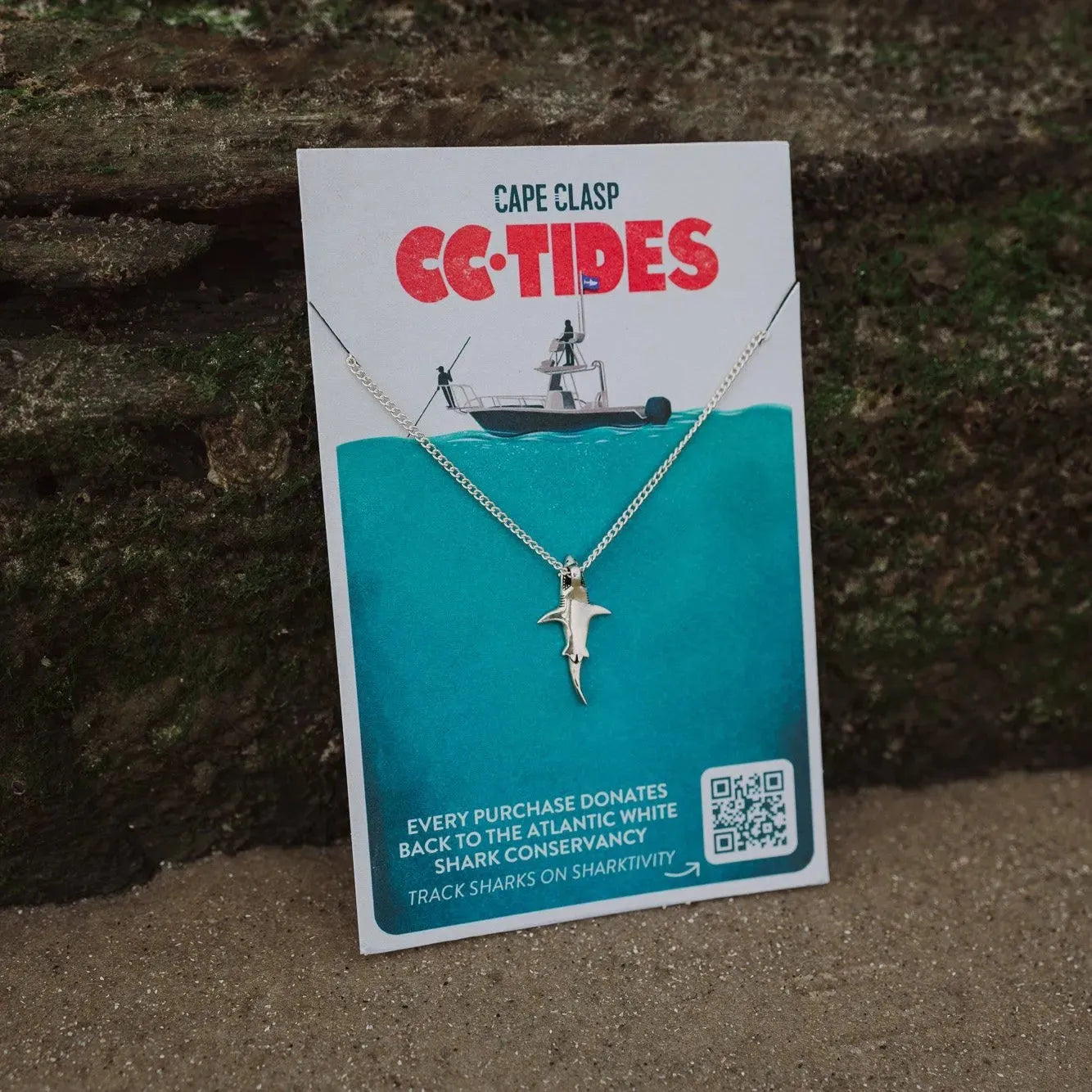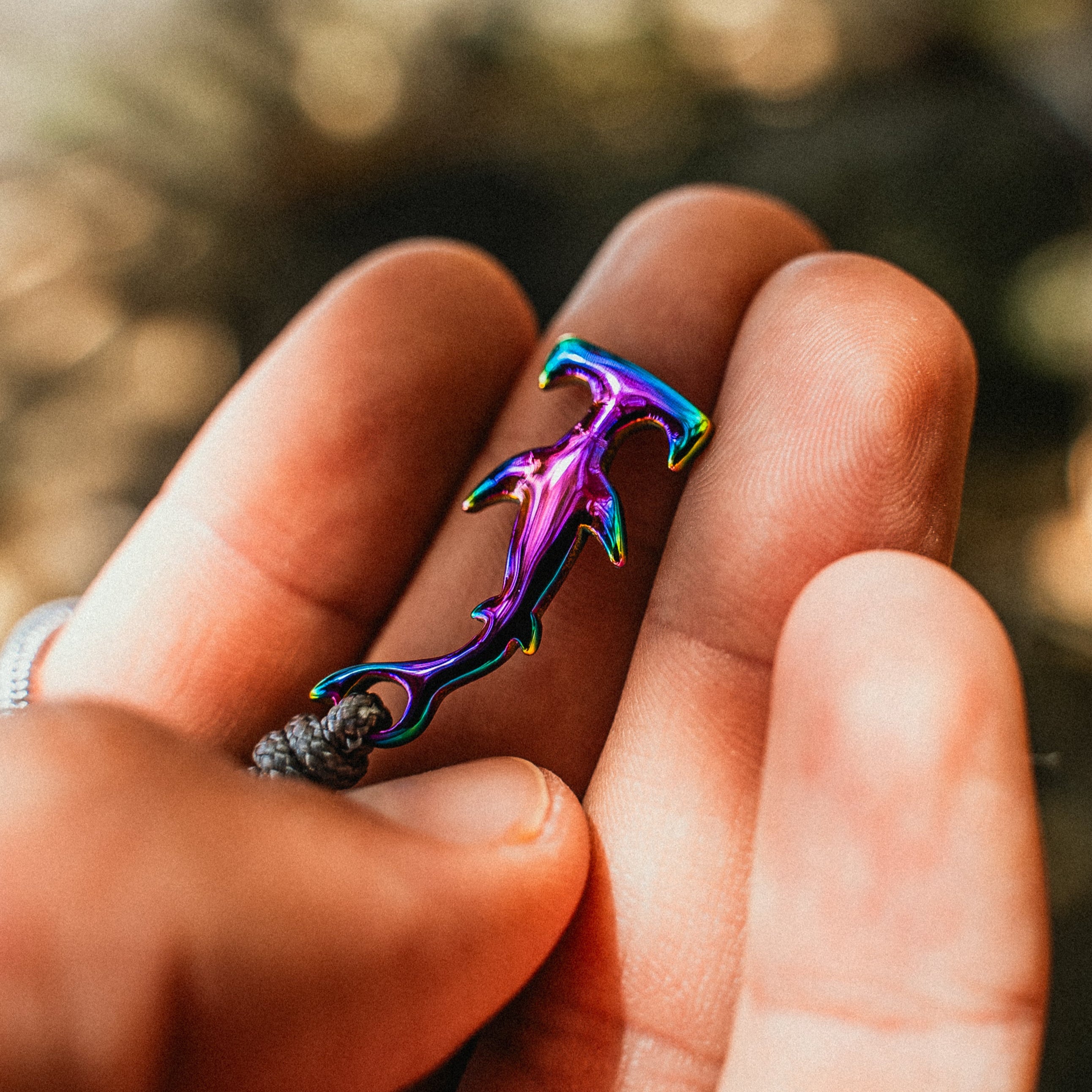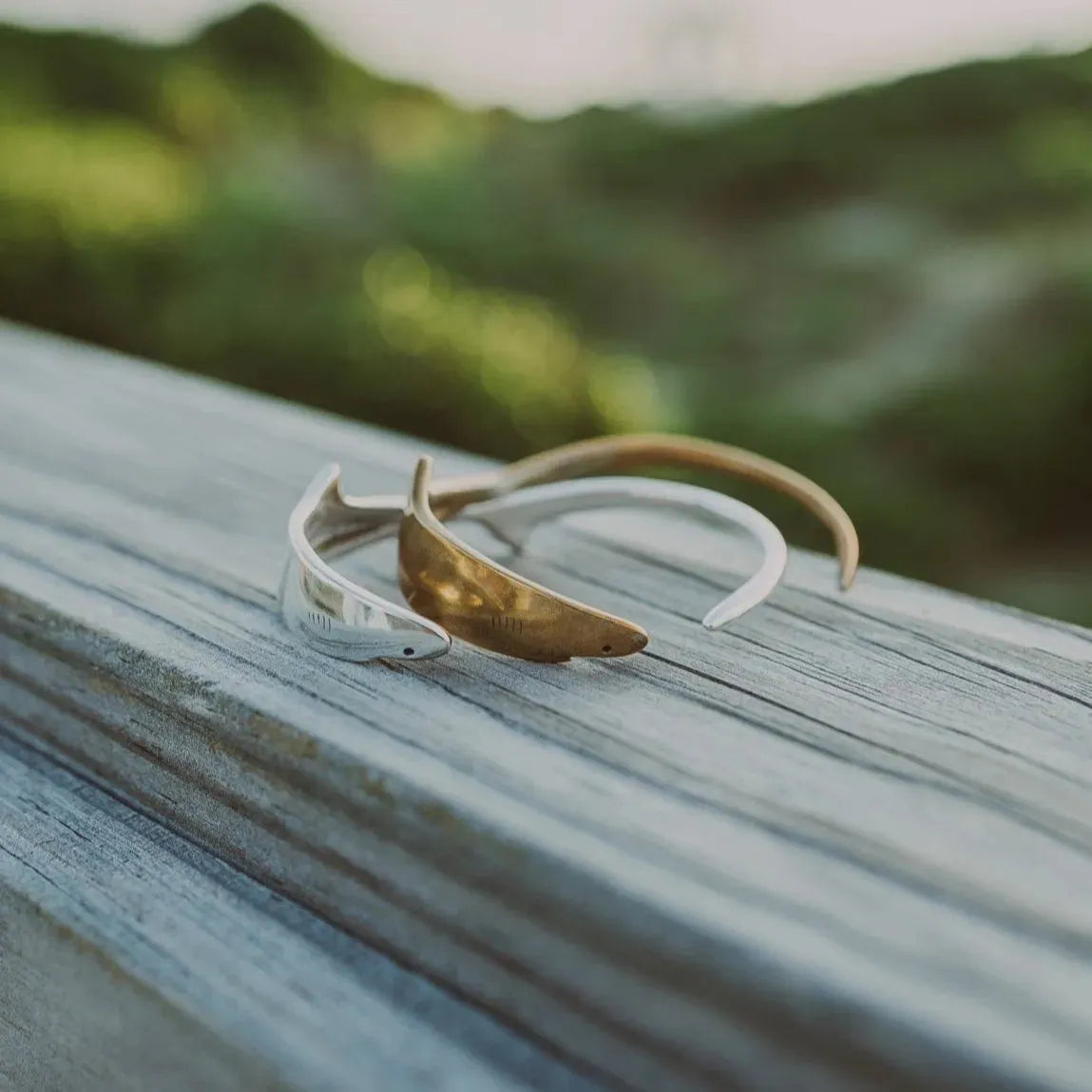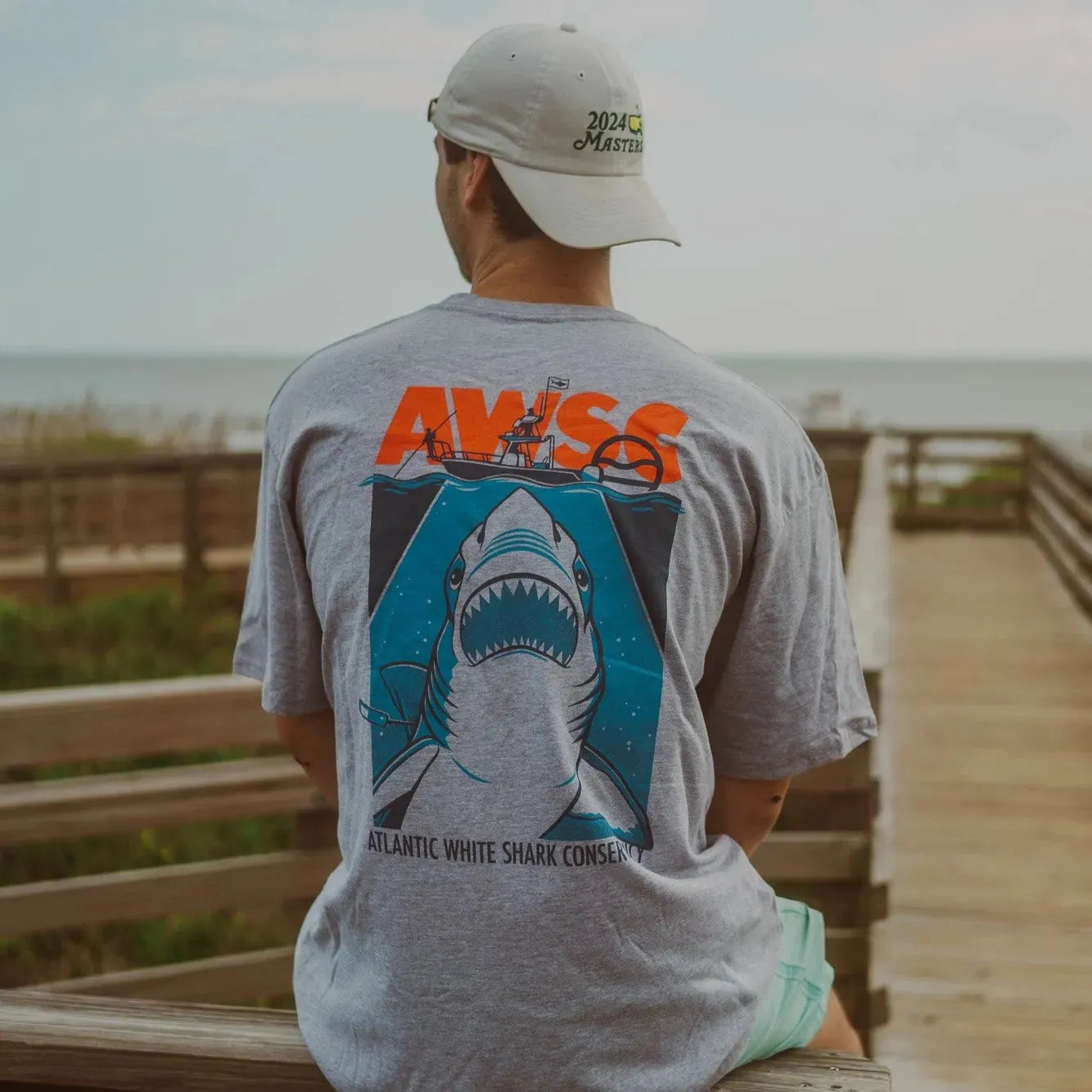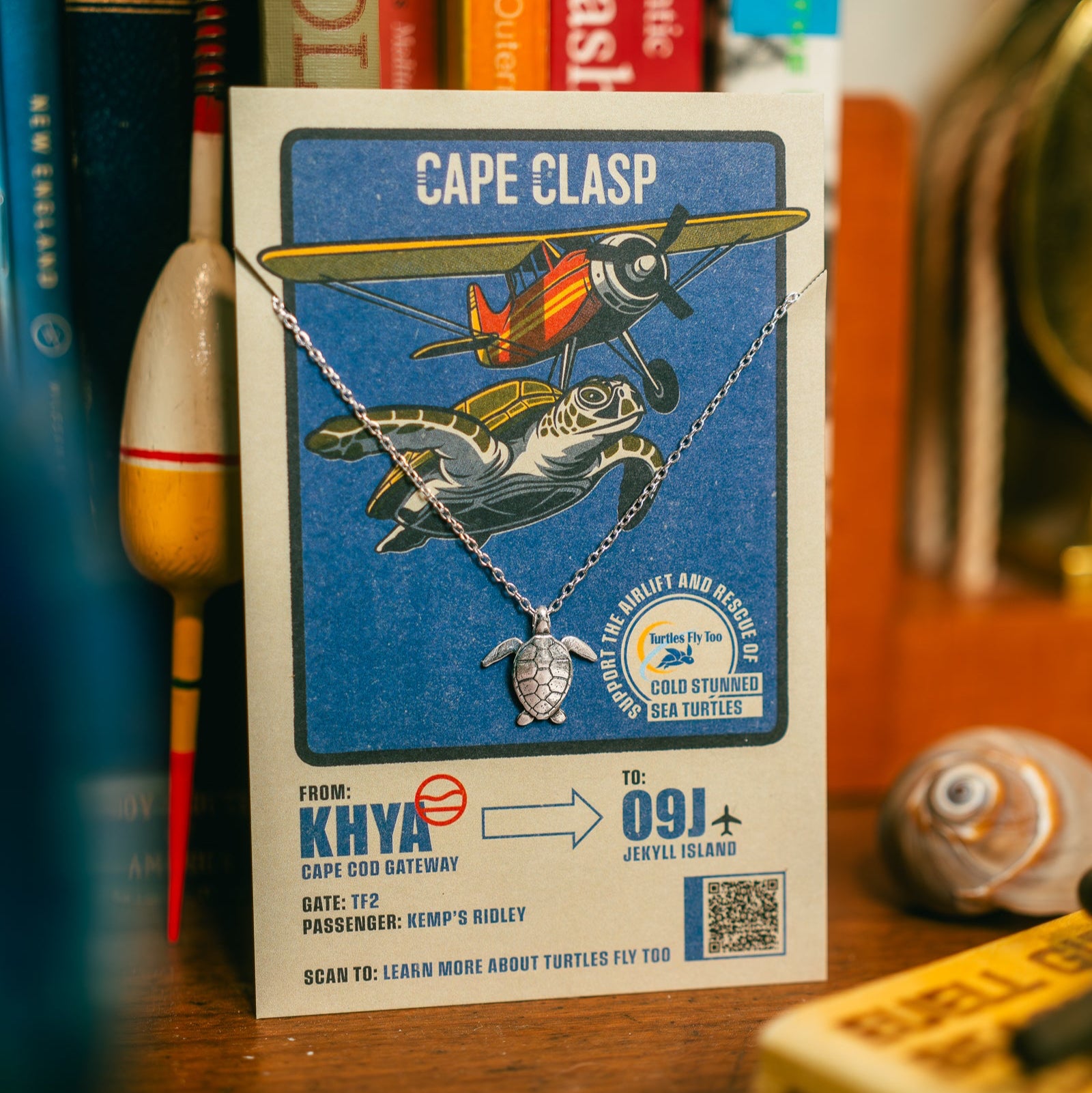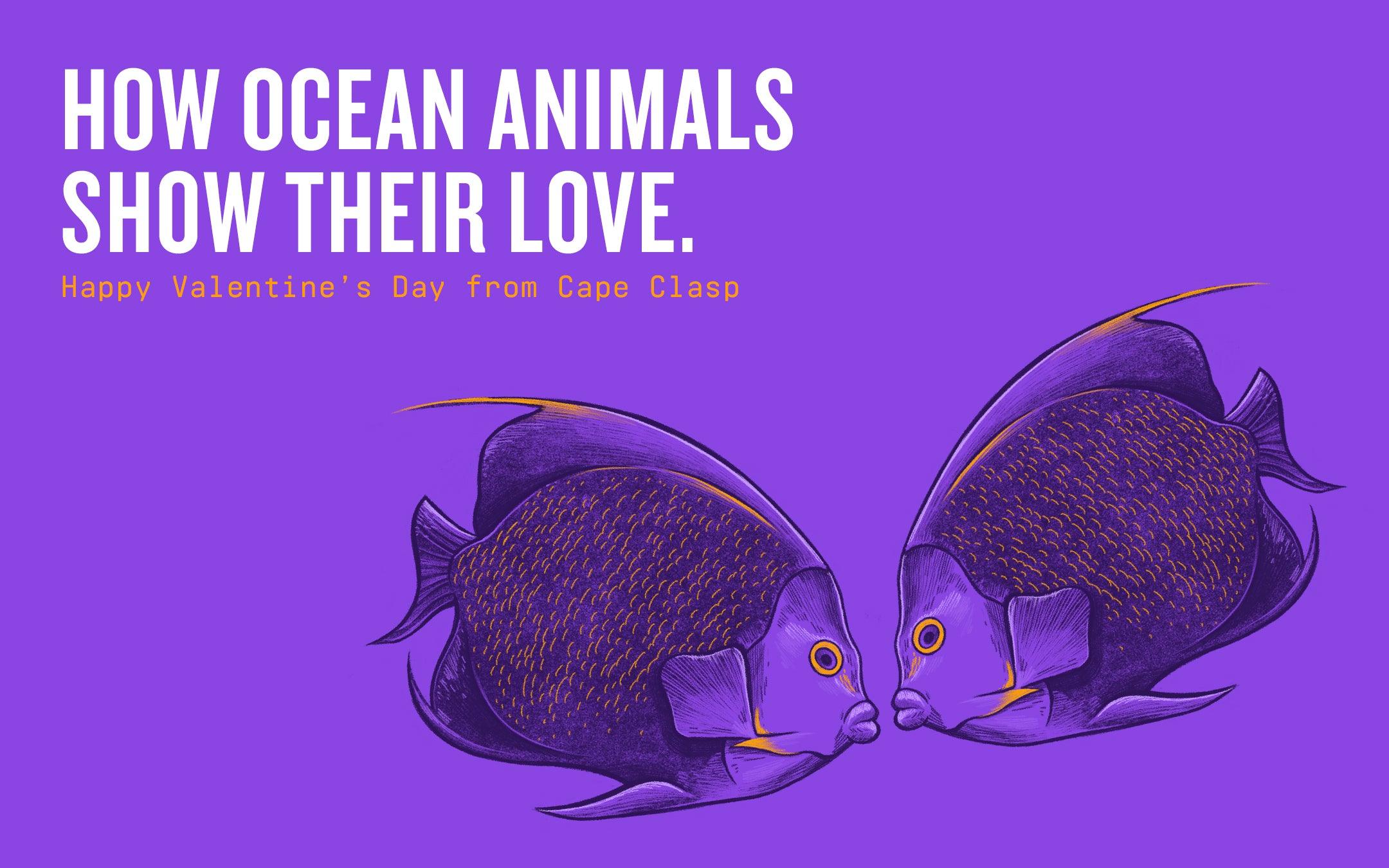
How Ocean Animals Show Their Love
Ah yes, Valentines Day. The loved (or dreaded) holiday for many on land, had us wondering how our fellow ocean friends show their love and appreciation for each other - without the flowers, chocolate or stuffed animals!
Here’s what we found:
French Angelfish
These monogamous fish are almost always seen in pairs, defending their territory and hunting and traveling together - what a show of teamwork! If they ever find themselves separated, french Angelfish circle around each other in a behavior called “carouseling” upon reuniting!
Sea Otters
In fear of drifting apart, sea otters are known to hold hands or grab onto one another when they sleep. They also eat while floating on their backs - what a romantic dinner date!
Penguins
Adelie and Gentoo penguins live on rocky shores, and during courtship the male will scour the land for the smoothest pebble he can find, as a gift for the female penguin. If she finds it to her liking, she’ll include it in her nest and the two will continue building their pebble mound for future eggs! Spehn and Magic, two male Gentoo penguins in Australia, incubated and hatched an egg of their own! Family comes in all shapes and sizes!
Humpback Whales
As a species that relies heavily on sound to communicate in water, male humpback whales will sing to woo female whales. Fella humpbacks have also been found to include specific tone variations when communicating with the ladies during mating season (think freestyle love song)!
Orca Whales
Mama orcas are incredibly maternal - from the moment their babies are born to the moment the mama passes away (sorry, we didn’t mean to bring the mood down)! When a female orca is post-menopause, she continues her mothering ways by caring for their children and grandchildren and passing on their knowledge! There’s nothing quite like a mama orca’s love!
Seahorses
Male seahorses spend days courting their future female partner, trying to excite her. The dude and dudette synchronize their movements, with the fella even camouflaging into the environment with the intent to impress and catch the eye of the lady! Once it has been decided that the two will be together for the mating season, they will swim in harmony, tails together. Did you know that male seahorses actually carry the eggs in their pouch until they hatch (which is not seen anywhere else in the animal kingdom) - which gives the lady seahorses a nice break!
Other Perfect Partnerships:
Coral & Zooxanthellae
As strange, sea anemone-like creatures that are permanently attached to the ocean floor, corals might not be the first animal that comes to mind when it comes to steamy romance, but these creatures host a full-time, symbiotic algae in the tissue of their bodies. In fact, this symbiotic algae - known as “zooxanthellae” - is so important that corals can’t survive without it! Add in the fact that healthy coral reefs are responsible for providing a home for nearly 25% of all the life in the ocean and you might say that this relationship is pretty serious.
Manta Rays at a Cleaning Station
These behemoths visit coral reefs to allow smaller species like surgeonfish and wrasses to remove and eat parasites that may have hitched a ride under the manta ray’s massive 19-foot-wide wingspan. If that isn’t love then what is?
For all the single lady(fish) out there:
Maybe you identify a little more closely with one of these animals this year:
Great White Sharks
It’s so incredibly rare to see white sharks interacting that it literally makes the news when they cross paths. At lengths of up to 20 feet long and weighing in at more than 2,000lbs., it’s easy to see why they might be intimidating to potential romantic partners. Maybe that’s why they say it’s lonely at the top (of the food chain)!
Remora and almost every large animal in the ocean
Have you ever had that relationship where your significant other got attached just a little too quickly? Maybe their spirit animal was a remora! This family of fish is known for their tendency to attach to sharks, turtles, rays, and even scuba divers as they wait for food scraps to drift toward their mouths. That sounds all too familiar…
Sea Turtles
After swimming thousands of miles to find the perfect site to lay a nest, female sea turtles a’int got no time to get involved with messy feelings. These nomadic mommas are all business and are rarely found in groups except during mating season. Although the fact that they have existed for nearly 110 million years means they must be doing something right.
Lionfish
As one of the most invasive species found swimming in the Eastern United States and throughout the Caribbean, the lionfish definitely isn’t rolling out the red carpet to welcome visitors on the reef any time soon. Those 18 venomous spines don’t lie and lionfish can almost always be found hiding by themselves under deep overhangs on coral reefs. All too relatable on Valentine’s Day.
Happy Valentine’s Day from Mr. Fish and the rest of the Cape Clasp crew!
References:
https://ocean.si.edu/ocean-life/seabirds/it-love-why-some-ocean-animals-sort-mate-life
https://oceana.org/blog/sea-creatures-keep-love-alive-romantic-gestures
https://30a.com/monogamous-sea-creatures/
http://oceanfutures.org/news/blog/love-is-in-the-sea
https://www.aquablog.ca/2020/05/a-mothers-love-killer-whale-culture/#:~:text=Killer%20whale%20mothers%20play%20an,parental%20care%20to%20the%20mother.

